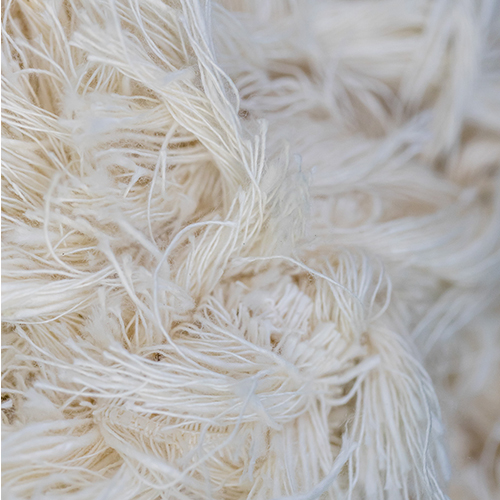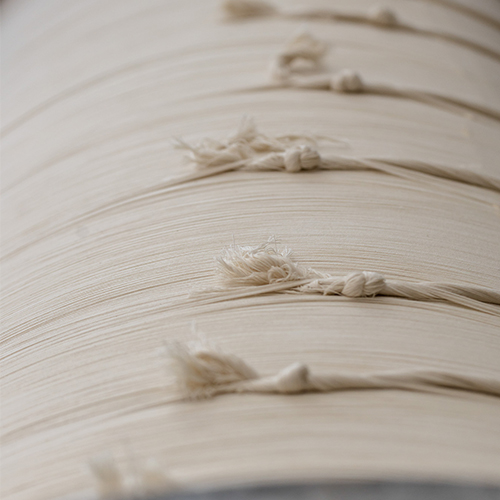

| CANVAS OF PLANS & DRAWINGS |
INTERIOR & DÉCOR, but with a twist |
| HOTELS & RESTAURANTS, beyond mainstream |
Notes on ART |
| Into big AFFAIRS | INSIDERS |
| GLIMPSES | |
Keywords:
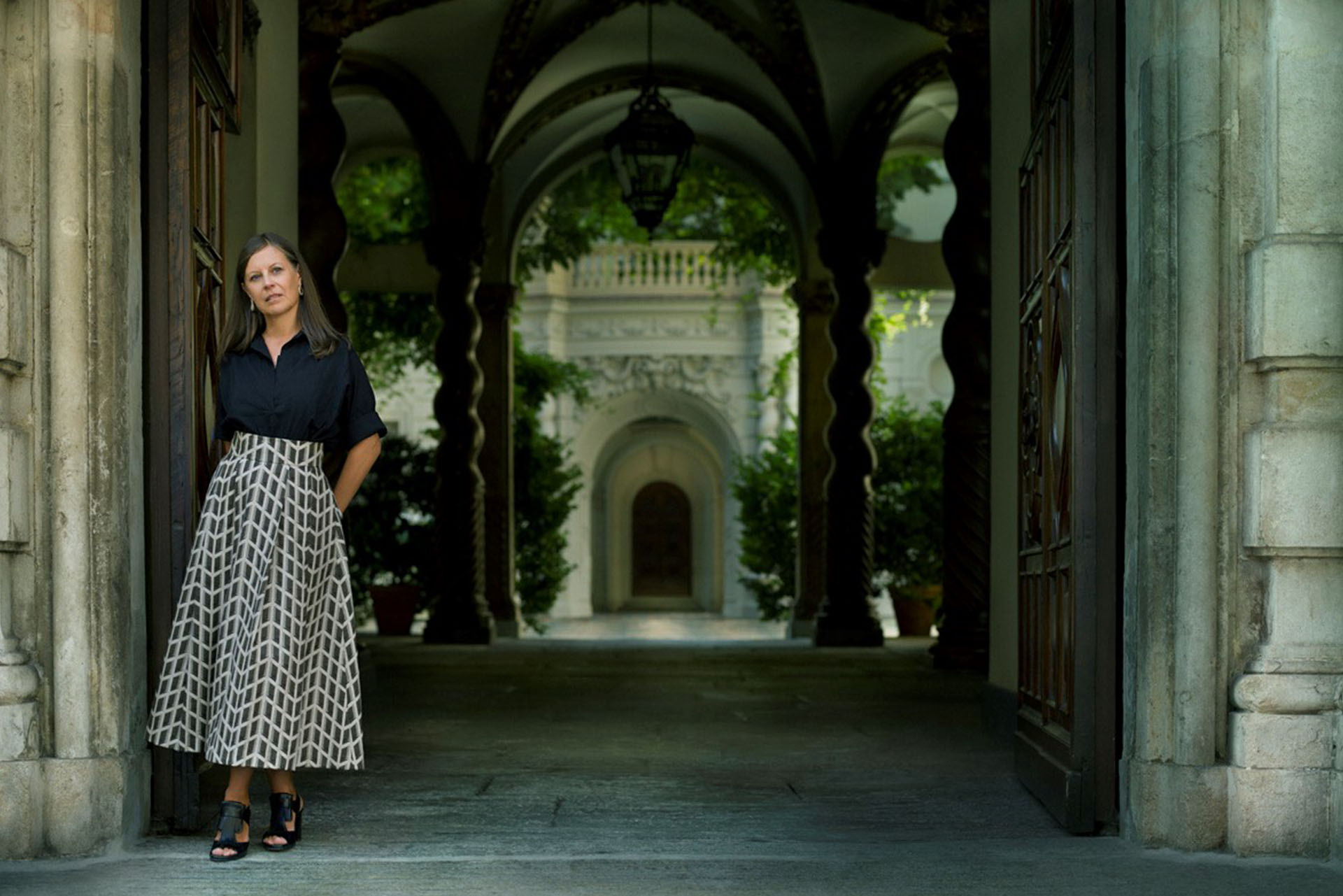
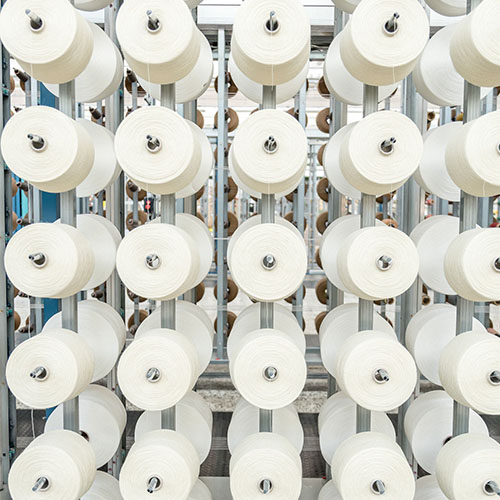
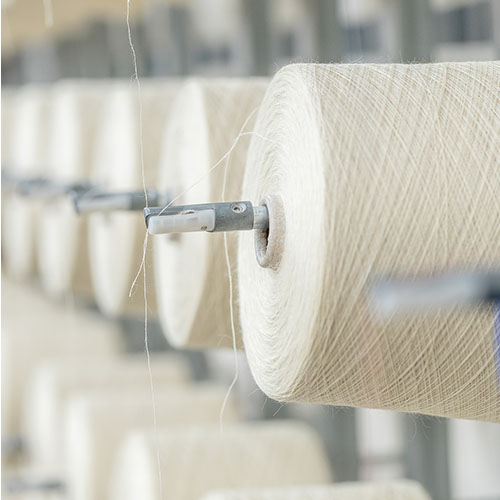
The consumer must precede curiosity to buying. When it comes to furniture or fashion, reading the label allows us to answer the first fundamental questions: How is it made? Where is it made? What is its price? Crossing these three information we already have some important indications on the quality of the product. An excessively low price, for instance, cannot be accompanied by good quality. Then, some materials, especially if not made in an ethical, good, fair and clean way – these are the key words in the vocabulary of sustainability – are waste in the form of a dress or piece of furniture. The place of production, on the other hand, gives us indications about the social sustainability of the product. If it is produced in Europe or the United States, we tend to guarantee that workers’ rights have been respected at 360 degrees.
Curiosity, however, must go beyond the label. For example, the consumer can talk to salespeople or check the website online for more information. If the company is virtuous and has embraced environmentally friendly practices, it usually underlies these elements. The most important and beautiful thing is that we consumers, with our purchasing choices, can orient the market and make it clear that fabrics produced with bad chemistry have no future.
The textile industry produces 150 billion pieces every year. Most of these, equal to 90% percent, correspond to a “fast” product, and therefore it is waste already. It is a market that asks to produce at the speed of light: in ten days a garment is copied, crafted and put on sale. However, with the maturation of a deeper awareness by consumers, there is a part of the product that is not appreciated by the market and therefore remains unsold. This is why in Africa and South America we find deserts of rags. They are the result of the production of polyester garments that cannot be recycled for their low quality. They are disposable for which the estimated use is maximum eight times. The same applies to a piece of furniture. If I buy a sofa and after a short time the fabric is damaged, I will find myself with a very large piece to dispose of.
Today there are rules, whose refinement goes hand in hand with the acquisition of greater awareness. As a company, l’Opificio has always gone beyond the rules imposed by the legislature. For example, we do not use formaldehyde, although it is allowed. This material in fact allows you to buy less rich fibers – and therefore at a low price – because it gives them a brighter and longer-lasting appearance. In the absence of formaldehyde, it is necessary to buy longer and higher quality fibers, as well as treating them with specific techniques to last over time. Of course, a yarn of this type, whose fibers are not held together by chemistry but by quality techniques, has a higher cost. Moreover, having a zero-kilometer production, we have full control of the entire production chain. We started talking about this six years ago. At the time we were turned away, with others complaining that we did not understand the globalized world in which we live. Today it is a theme of the most inflated.
